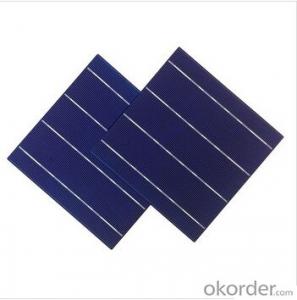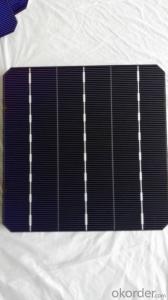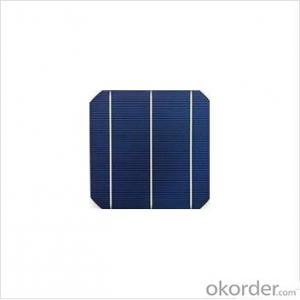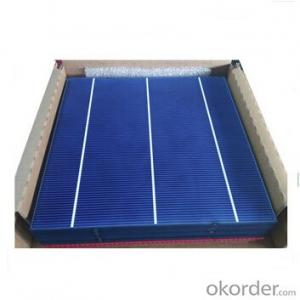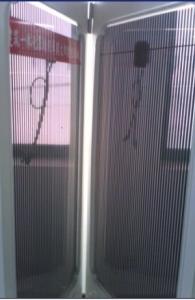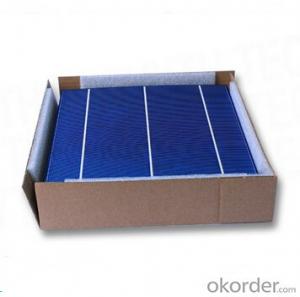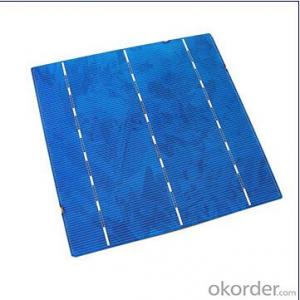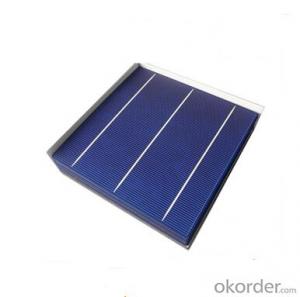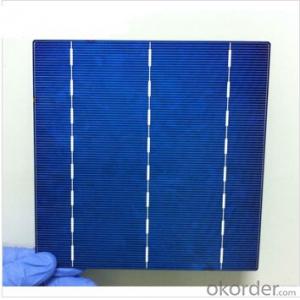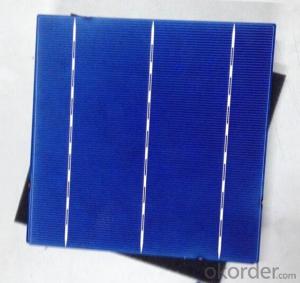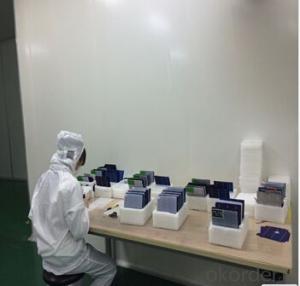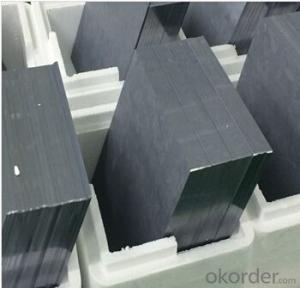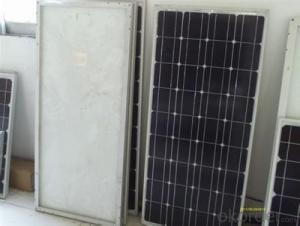Pervoskite Solar Cells
Pervoskite Solar Cells Related Searches
Perc Solar Cells Photovoltaic Solar Cells Pecvd Solar Cells Chalcopyrite Solar Cells Pv Solar Cells Perc Silicon Solar Cells Rv Solar Cells Photovoltaic Pv Solar Cells Free Solar Cells Solar Energy Cells Powerfilm Solar Cells High Voltage Solar Cells Cubesat Solar Cells Satellite Solar Cells Pretabbed Solar Cells Crystalline Solar Cells Iii V Solar Cells 12 Volt Solar Cells Avorion Solar Cells Emcore Solar Cells Everbright Solar Cells Rec Solar Cells Home Depot Solar Cells Polymer Solar Cells Ferroelectric Solar Cells Algae Solar Cells High Temperature Solar Cells Plant Based Solar Cells Better Solar Cells Electric Solar CellsPervoskite Solar Cells Supplier & Manufacturer from China
Pervoskite solar cells are a new generation of photovoltaic devices that utilize a perovskite-structured compound as the light-absorbing material. These cells have gained significant attention due to their potential for high efficiency and low manufacturing costs. They are made from a hybrid organic-inorganic lead or tin-based material, which allows them to absorb sunlight and convert it into electricity with remarkable efficiency.Pervoskite solar cells have a wide range of applications and usage scenarios, making them a versatile choice for various industries. They are commonly used in residential, commercial, and utility-scale solar power systems, as well as in portable electronics and wearable devices. The flexibility and lightweight nature of perovskite solar cells also make them suitable for integration into building-integrated photovoltaics (BIPV) and other innovative applications. Their ability to be manufactured at a lower cost compared to traditional silicon-based solar cells further enhances their appeal in the renewable energy market.
Okorder.com is a leading wholesale supplier of perovskite solar cells, offering a vast inventory to cater to the growing demand for this innovative technology. With a strong commitment to quality and customer satisfaction, Okorder.com ensures that their perovskite solar cells meet the highest industry standards. By providing a reliable source for these cutting-edge products, Okorder.com plays a crucial role in facilitating the adoption of perovskite solar cells in various applications and contributing to the expansion of renewable energy solutions worldwide.
Hot Products









